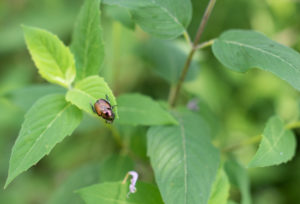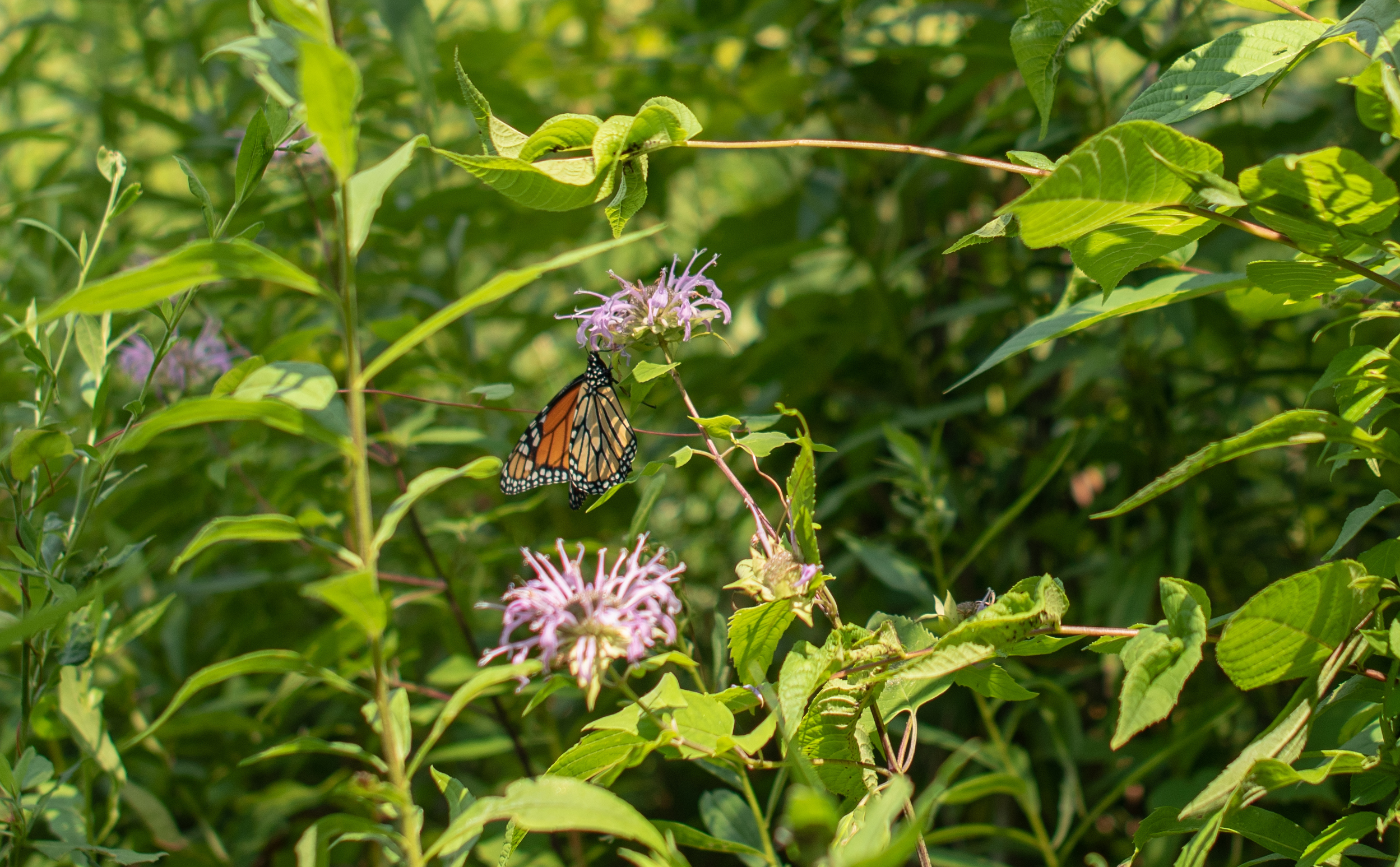by Trent Powell
“If a tree falls in a forest and no one is around to hear it, does it make a sound?”
Of course! But even if people were around to hear it, they would never be able to understand what the tree was saying. Peter Wohlleben, forester and author of “The Hidden Life of Trees”, discovered that trees, much like many other living organisms, have a way of communicating with one another.
He says that “Trees, as it turns out, have a completely different way of communicating: they use scent” (Wohllenben 6). Think about it. How would forests, like the 9,000 acre Berea Forest, survive as long as they have without working together and “talking” to each other? There are so many threats to the forest such as fires, insect swarms, invasive species, and even tree diseases. If the trees couldn’t talk to each other and send warning “scents” when something threatened their existence, the forest would not be able to thrive like it has. This is something that a lot of people do not know. People can walk through the forest and just think “oh look a tree” when it is so much more than that. These things, these life providing elements, have been around for an estimated 360 million years, much longer than the modern human has.

Trees are more aware than one would think they are, too. So much that they can recognize when it is in danger. Wohlleben goes on to say that “When it comes to some species of insects, trees can accurately identify which bad guys they are up against” (Wohllenben 8). This is very beneficial for the trees existence because it can deploy defense mechanisms to combat these invaders. Trees can begin to produce a toxin to ward off these unwelcome visitors.
Picture this, you’re walking through the woods and you come across this enormous, vibrant, and tree, full of life. You want to do something special, so you carve your initials into the truck of the tree. The tree feels this. Although it’s not the type of “feeling” humans would experience, it knows that something is going on. Trees have a system of “nerves” that slowly carry information about damage out to its limbs, trunk, and leaves so that the tree can create a defense. This information is not fast. It actually only travels at “a third of an inch per minute” according to Wohllenben (8). While a single carving is not necessarily detrimental to the tree’s lifespan, repeated abuse, such as multiple people carving their initials into a tree trunk, can alter how well the tree lives. Next time you have that impulse to leave a mark in nature, try to think of a more positive, less destructive way to do so such as planting a new tree or removing an invasive species that can be taking nutrients away from the natural inhabitants.
After reading about these abilities, it opened my eyes to this hidden life of trees. Now when I take a walk through the forest, I see more than just trees. I look around and I think about the connection these trees share. From their root systems to the “scents” the trees produce. It truly is amazing. Next time you take a hike through the Indian Fort Trail System, take a minute to look around. Try to see the things that you can’t physically see. There is so much more happening than just what lies above the ground and what’s going on below the tree canopy. Take appreciation for the forest and know that you’re a visitor in its home. The forest is a wonderful place.


1 Comment
Nice work Trent! Thank you for the knowledge!
Recent Posts